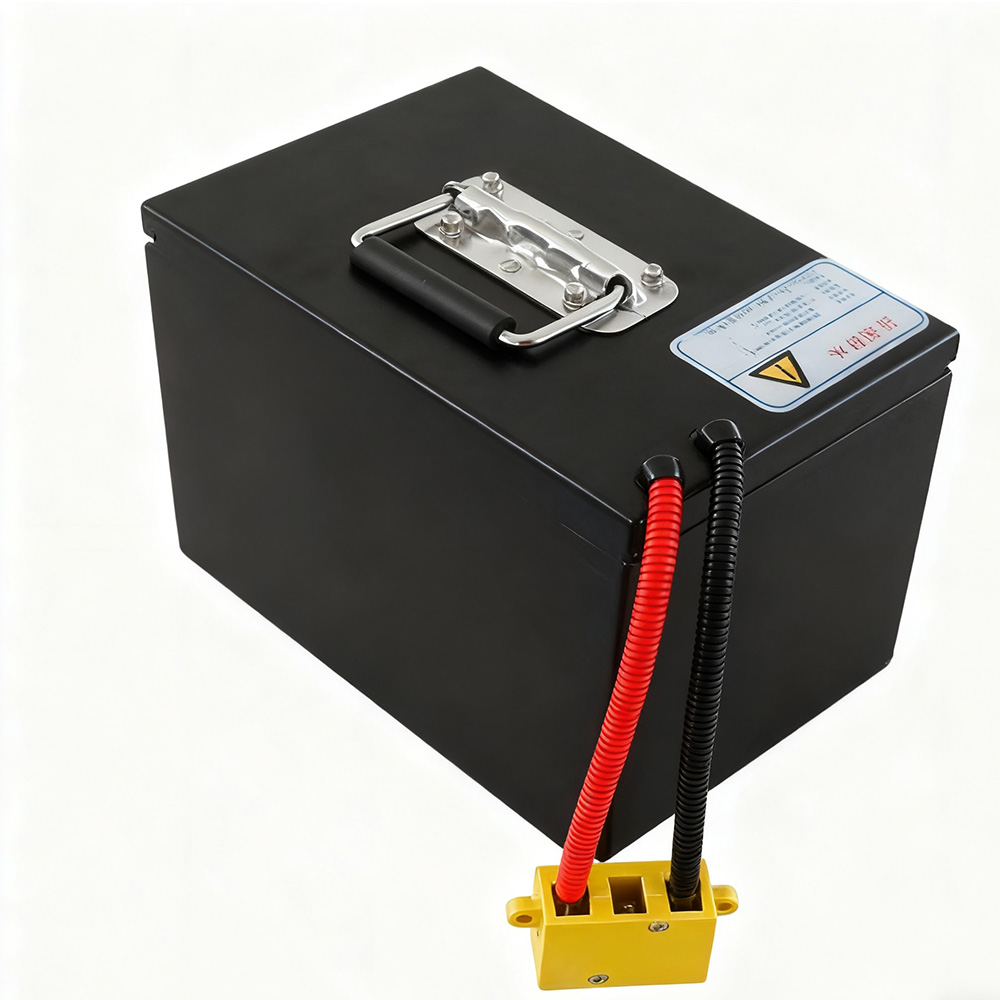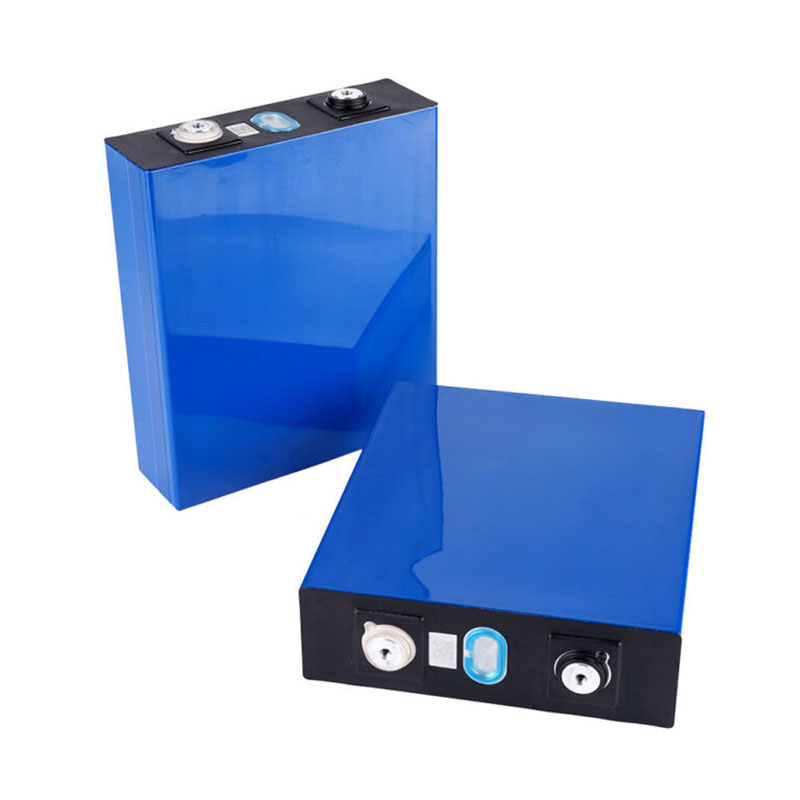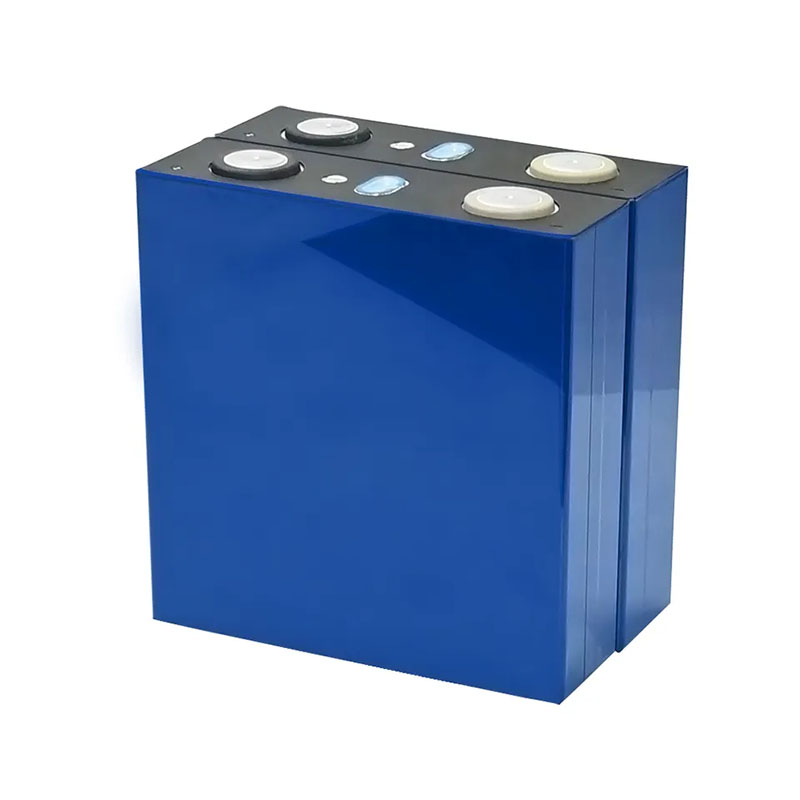Blog
Explore the Power of Lithium Innovation
Stay updated with the latest trends, technologies, and application insights in the world of lithium battery solutions
Search the whole station
Explore the Power of Lithium Innovation
Stay updated with the latest trends, technologies, and application insights in the world of lithium battery solutions
With the rapid growth of renewable energy and the increasing adoption of electric vehicles, the demand for efficient and reliable energy storage solutions is stronger than ever. Among lithium-ion battery technologies, lithium iron phosphate (LiFePO4) prismatic batteries, or LFP square batteries, stand out for their high energy density, safety, and sustainability.
This article explores the working principle, performance characteristics, and application prospects of LFP prismatic batteries in modern energy storage systems.
An LFP square battery consists of four core components:
This migration of lithium ions through the electrolyte completes the battery’s energy storage and release cycle, enabling stable and reliable performance.
Compared with other lithium-ion batteries, LFP square cells offer:
Note: While LFP prismatic batteries excel in safety and longevity, they have relatively lower energy density compared to other lithium-ion batteries and may exhibit a higher self-discharge rate. Application requirements should guide battery selection.
With the rise of solar panels and residential wind power, LFP square batteries provide self-sufficient energy supply at home. They store excess energy during the day for use at night or during low energy production periods, offering stable power and reduced reliance on the grid.
In commercial settings, LFP prismatic batteries are ideal for peak shaving, load management, and backup power. Their high energy density, long cycle life, and excellent safety performance ensure durable and reliable energy delivery in demanding commercial environments.
LFP prismatic batteries are increasingly used in electric vehicles due to their stable power output, safety, and long cycle life. Their high-temperature adaptability allows them to perform well under the demanding conditions of EV operation, helping extend driving range and reduce costs.
At a larger scale, LFP square batteries play a crucial role in energy storage power stations. They help balance grid loads, respond to peak and valley demands, and provide emergency backup power, supporting the stability and reliability of the power system.
LFP prismatic batteries combine high safety, long cycle life, and reliable energy storage, making them essential for modern energy applications. From home energy systems to electric vehicles and large-scale power stations, LFP square batteries provide efficient, stable, and environmentally friendly solutions.
As renewable energy adoption and electric vehicle use continue to rise, LFP prismatic batteries are set to become a cornerstone technology for sustainable energy storage worldwide.

48V LiFePO4 Battery with 46.5Ah–100Ah options. Up to 2000 cycles, wide temperature range (-20°C~60°C), IoT GPS smart features, and 3-year warranty. Perfect for e-bikes, electric vehicles, and home energy storage.

wholesale 3.2V 280Ah LiFePO4 lithium iron phosphate battery cells by Apsen Technology. Durable prismatic design with explosion-proof valve, ideal for EVs, solar storage, and industrial applications.

Buy wholesale 3.2V 80Ah LiFePO4 lithium iron phosphate battery cells by Apsen Technology. Safe, long-lasting prismatic cells ideal for electric vehicles, renewable energy storage, backup power, and industrial equipment.

wholesale 3.2V 160Ah LiFePO4 battery cells by Apsen Technology. Durable, safe, and long-lasting lithium iron phosphate cells with low internal resistance, ideal for electric vehicles, solar energy storage, and home backup power systems.
For longer flight times and reliable missions, I only trust batteries that balance capacity, discharge rate, and safety. Learn how to pick the right drone battery for your needs.
View detailshow lithium batteries power plant protection drones and learn practical strategies to extend battery life. From understanding battery types and working principles to maintenance and inspection tips, ensure safe, efficient, and cost-effective drone...
View detailsLearn how to store power tool batteries safely to extend lifespan, prevent hazards, and maintain performance. Tips for Li-ion, Ni-Cd, and Ni-MH batteries included
View detailsCompare 18650 and 21700 lithium batteries in terms of capacity, safety, discharge power, and applications. Learn which battery is best for e-scooters, EVs, and other devices.
View details
HelloPlease log in